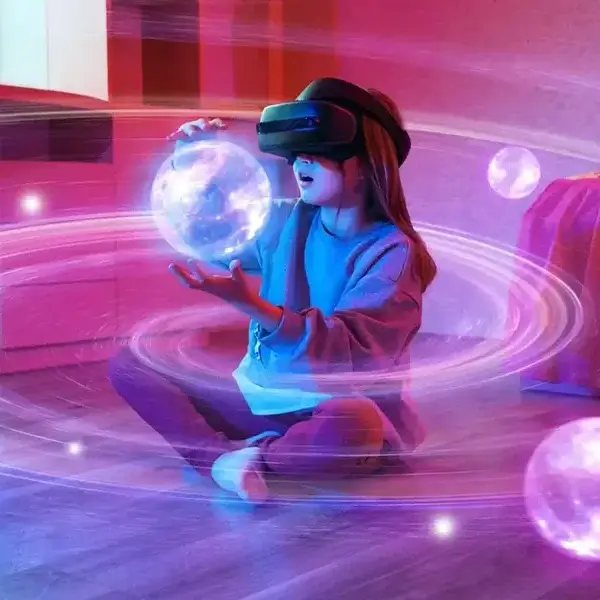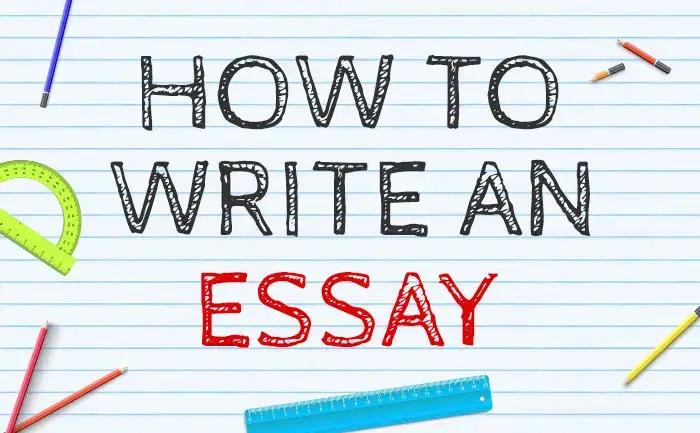At the point when I was in grade school, learning was essentially equipped around creating mental abilities retaining history and science realities, understanding cognizance, performing augmentation or division, and afterward having the option to review this during tests. The web was as yet early, and as a general rule, it was the students.
Those who find out about how to utilize it then the educators. As innovation keeps advancing quickly, school educational plans are attempting to stretch beyond the following patterns and stay aware of the ongoing ones. There’s an enormous gap between the things kids are advancing now and what they should be aware of later. We’re considering this the “future gap,” which means a lot to address.
To more readily plan youngsters for the future and scaffold this separation. We really want to reevaluate how we teach kids so they’ll have. What it takes they’ll have to flourish in the tech-driven world to come.
Education Learning hasn’t changed much
This isn’t to say students ought not to be finding out about well-established, center subjects; rather, the abilities representing things to come will be undeniably less review-based and undeniably more established in understanding frameworks, critical thinking, social compassion, and cooperation. As a matter of fact, the cutting edge faces a remarkable test: Quite a bit of what they realize may not be significant when they enter the labor force.
Today, the half-existence of HND assignment writers is around five years. Specialized abilities are significantly more limited, enduring only over two years. With 58% of the current labor force previously requiring new abilities to take care of their responsibilities. The speed of advancement is dominating how rapidly people can get familiar with new innovations. The upcoming developments, from further developed PCs to man-made brainpower, will just speed up the pattern further, creating a “future gap”. Where an age of laborers don’t have the right stuff expected to track down their direction and find success in the new world.
How Do We Tackle It?
To tackle the future gap, instruction today needs to zero in more on showing the frameworks critical thinking, and interactive abilities that will be expected to explore a more tech-forward world. The World Financial Discussion predicts that by 2025. Robots will as of now be performing half of all work undertakings a shift that is probably going to demolish imbalance. In any case. By building an underpinning of information and the ability to master and adjust on the fly. Students can be more ready for a future where innovation will be in consistent motion.
Students need to acquire genuine worth from education that sets them up for the world. They need admittance to project-based educational plans rather than exercise manuals or testing. That underlines the genuine utilization of what they’ve realized in certifiable applications. Students additionally merit more individualized, customized, and available learning open doors that meet them. Where they are and afterward develop with them as they proceed to learn and develop.
Conclusion
In conclusion, they need admittance to chances to find out about arising advancements and frameworks from grasping coding to robots and digital forms of money. That will be essential to exploring and making progress in the tech-driven future.
Author Bio
Harry is a hardworking and enthusiastic profile who is known for his incredible understanding and thorough research and writing abilities on many complex topics. He is currently working as a researcher and writer and provides top CIPD level 3 Assignment Writing Help in UK to students to make it easy for them in their careers.








Sign up